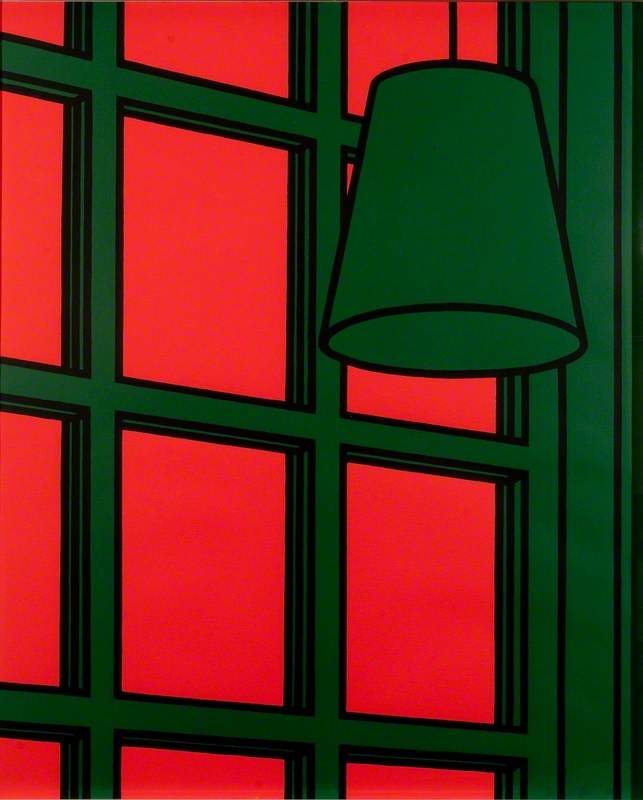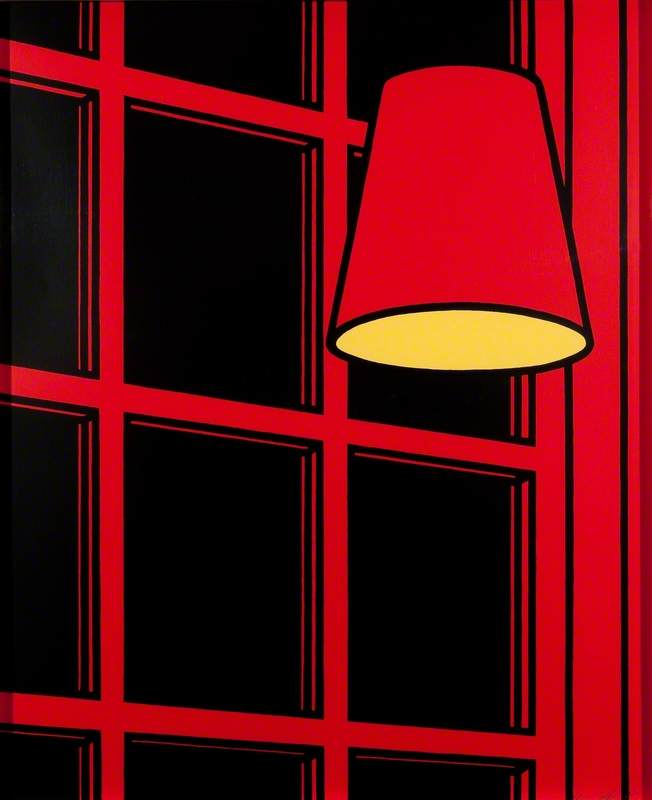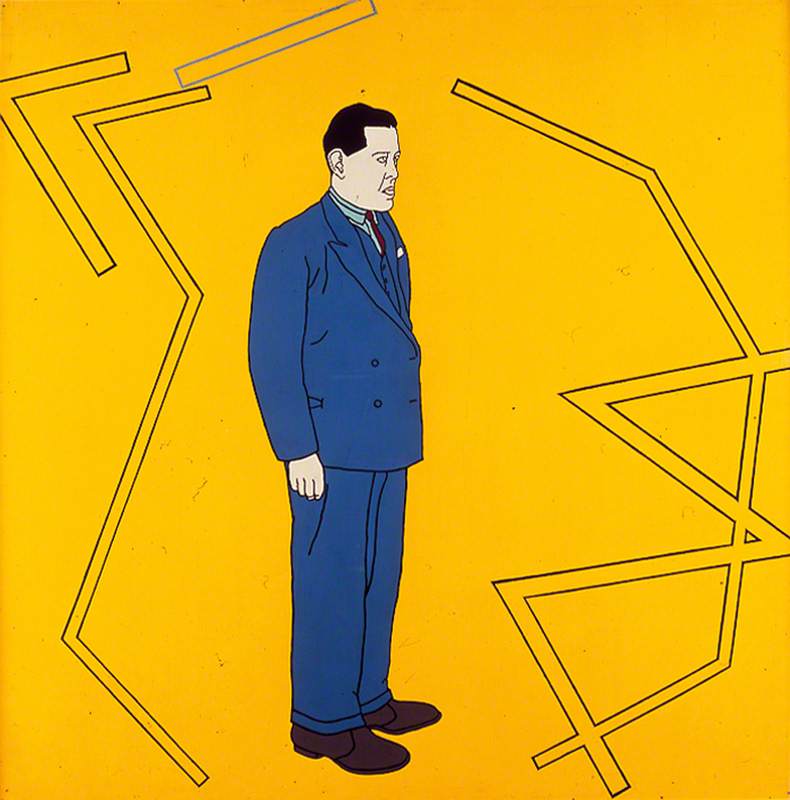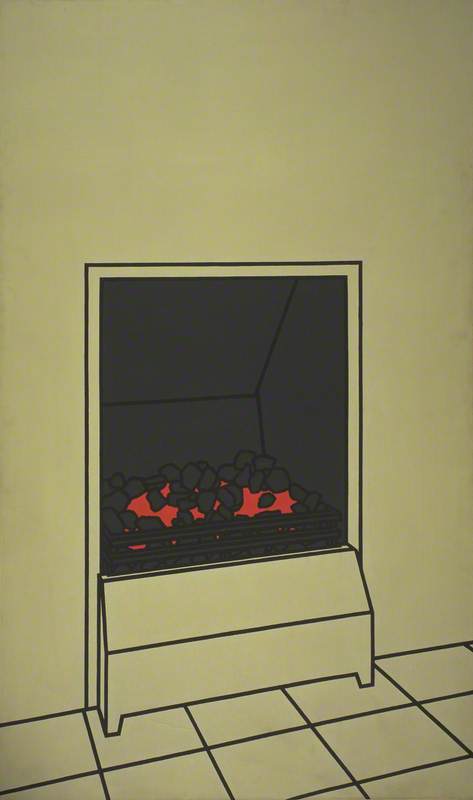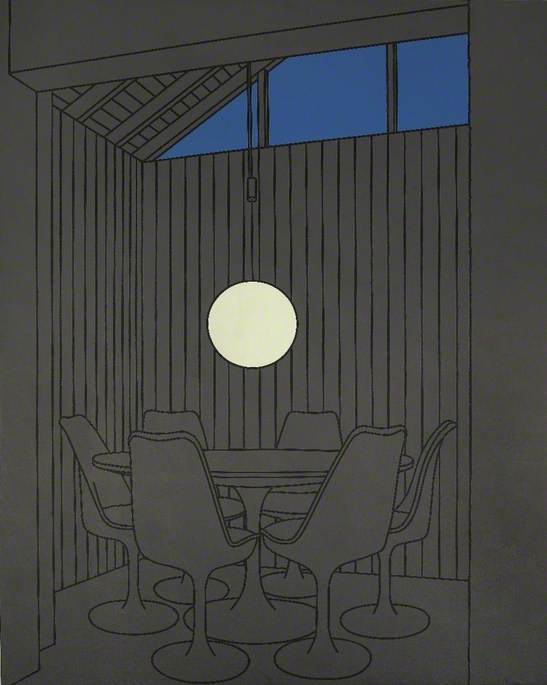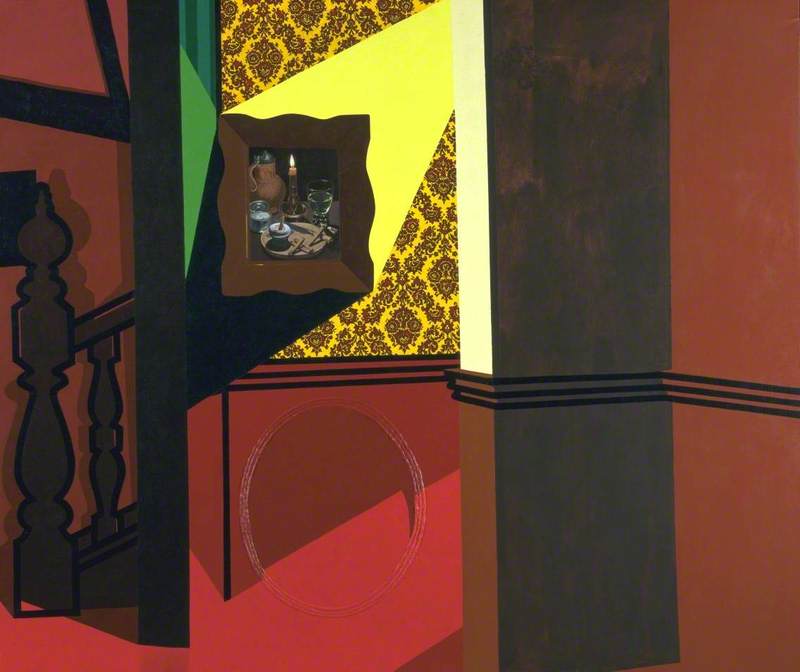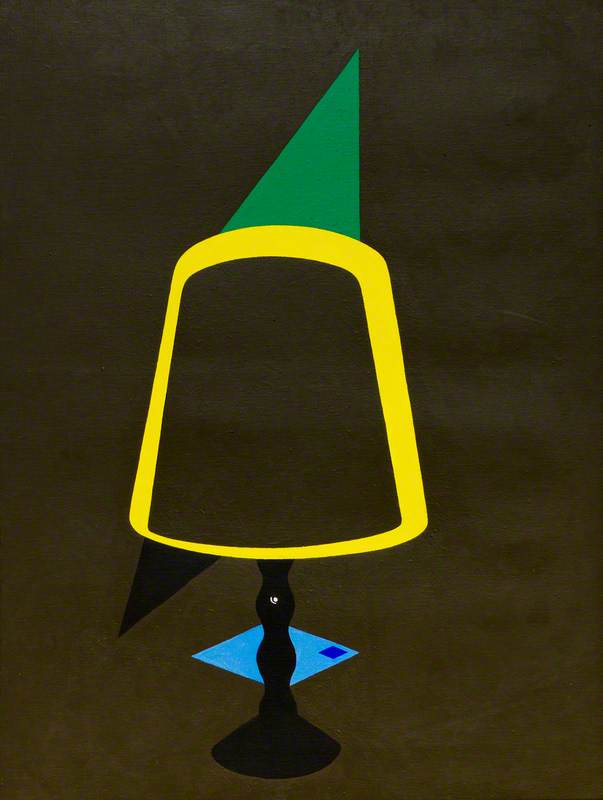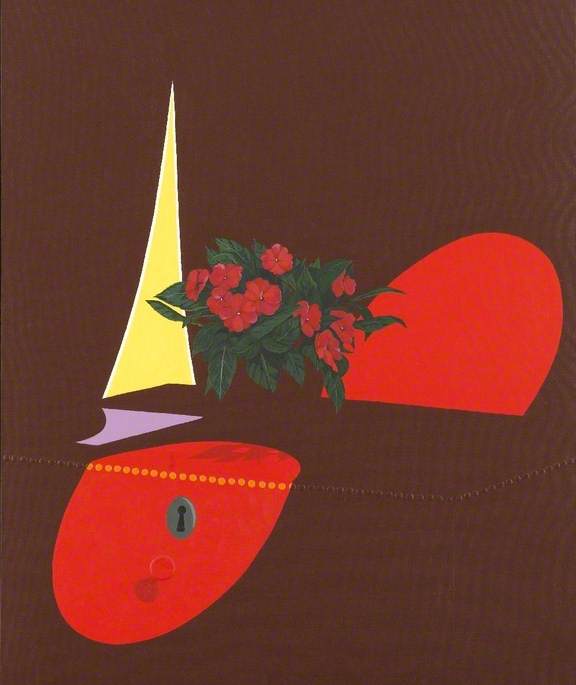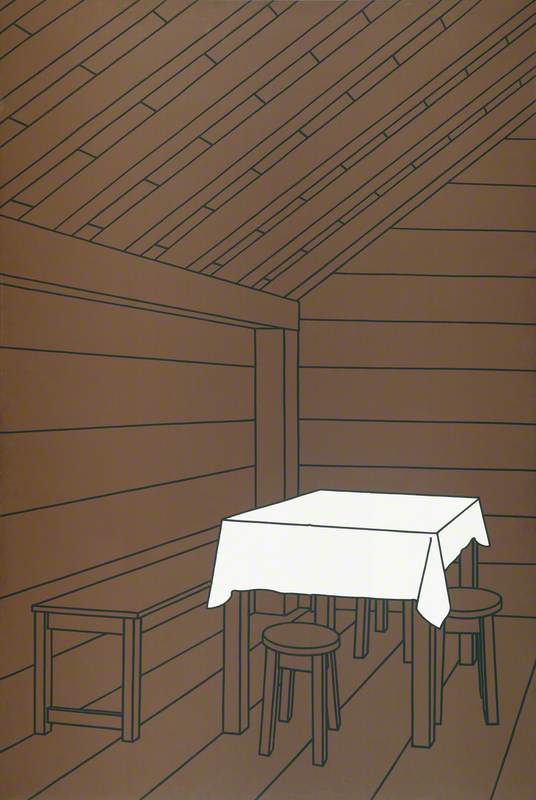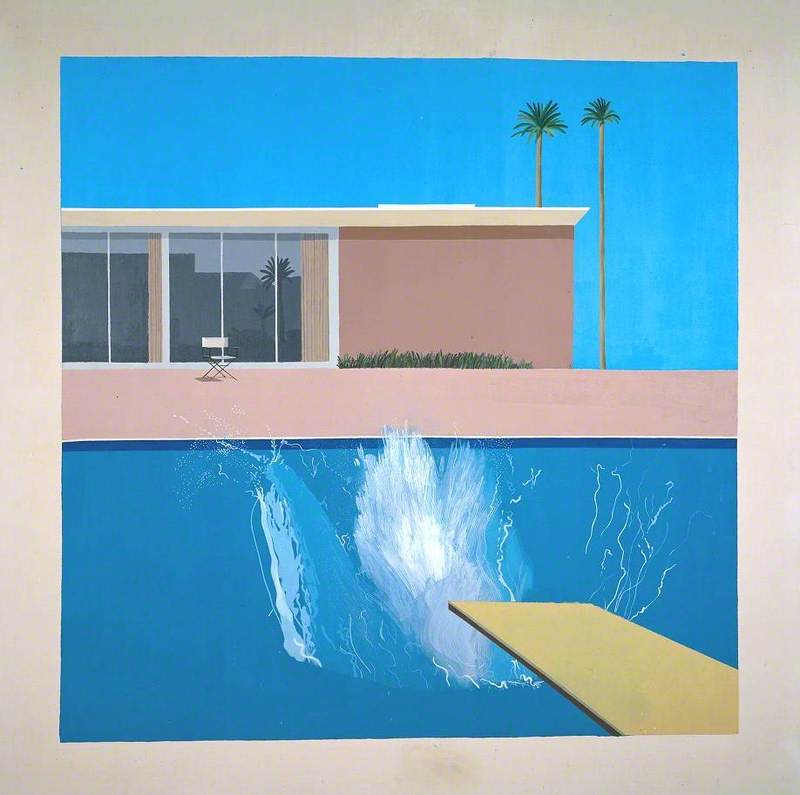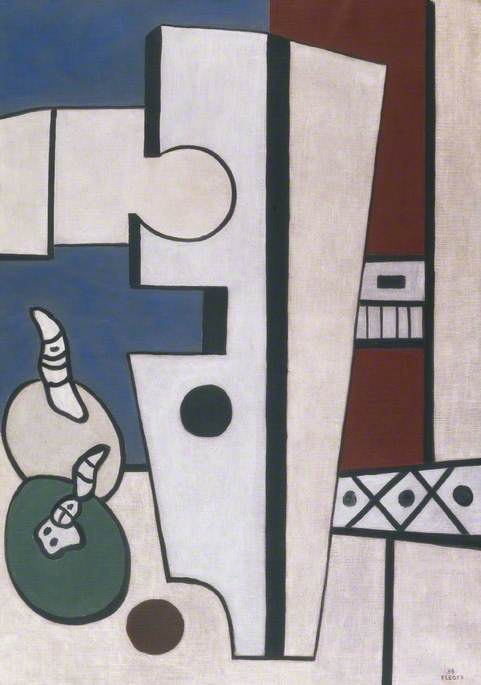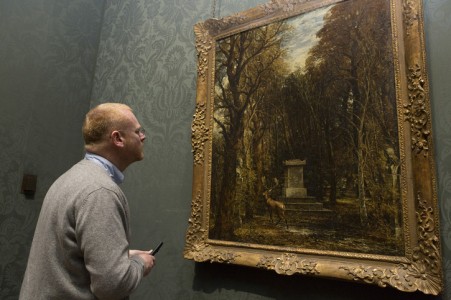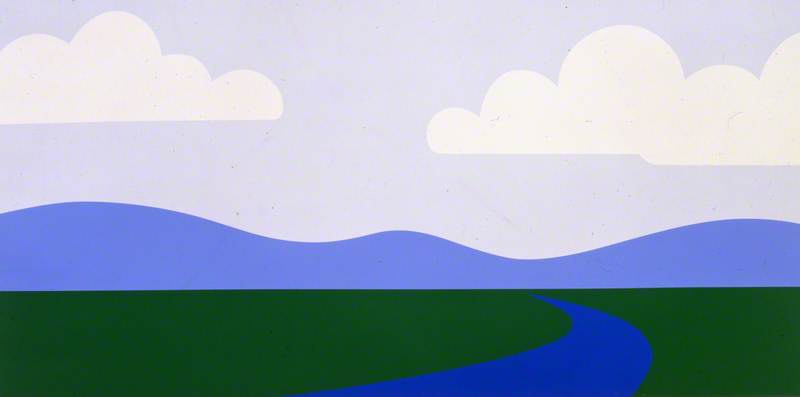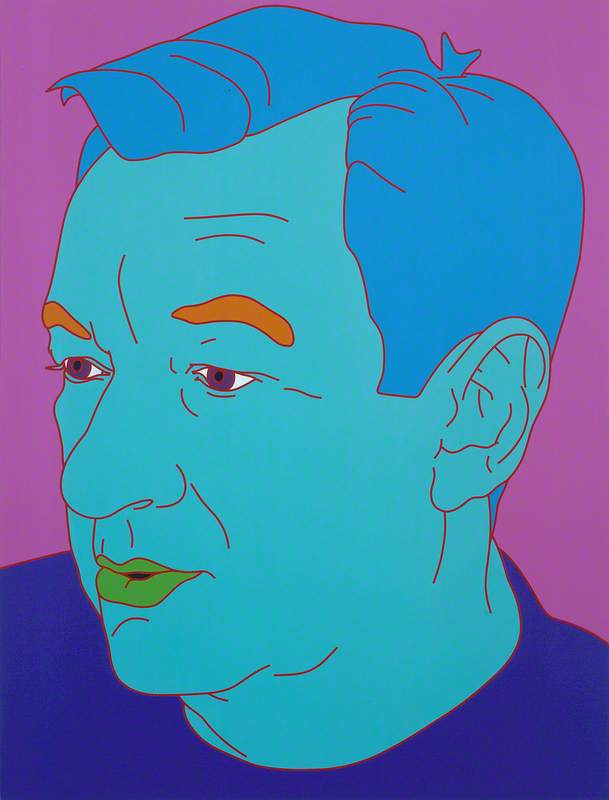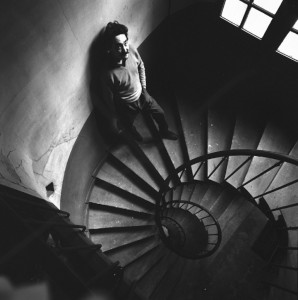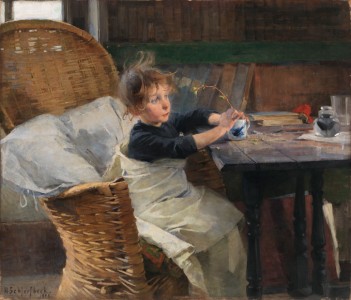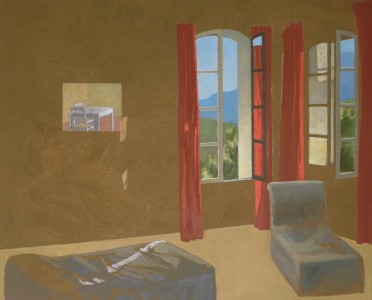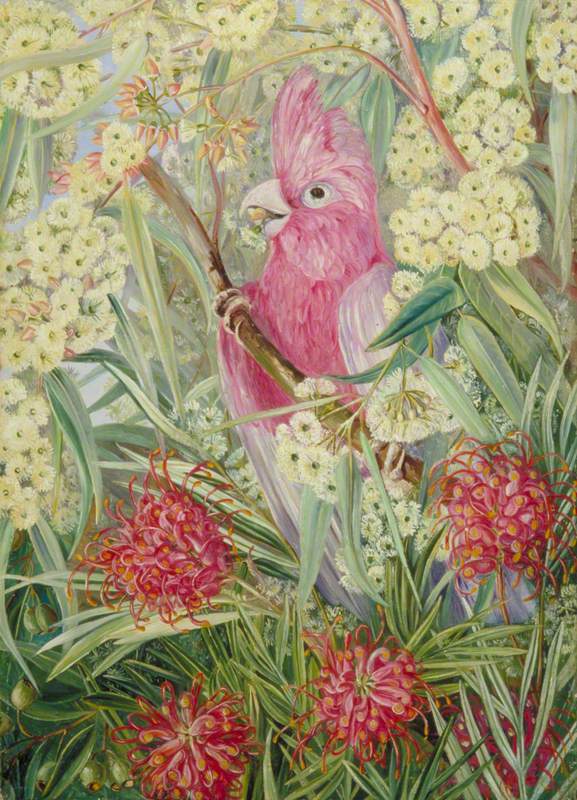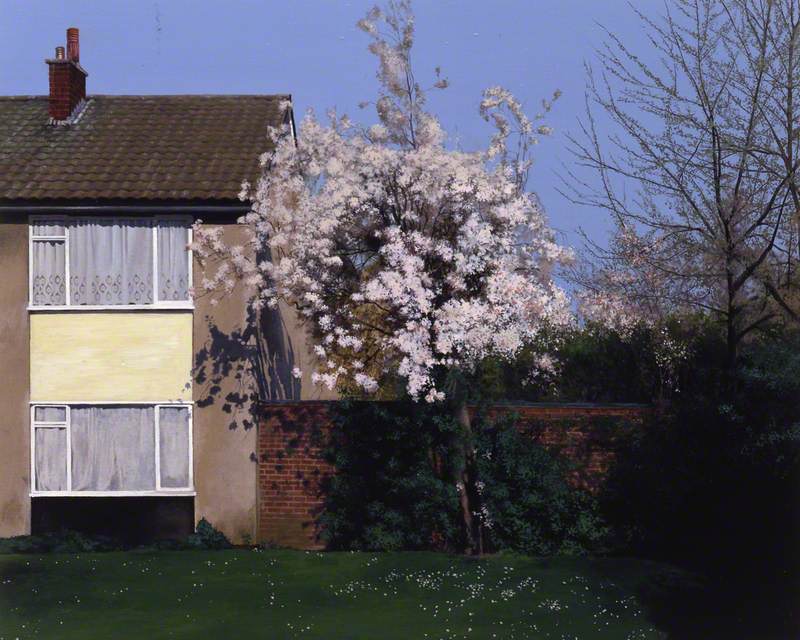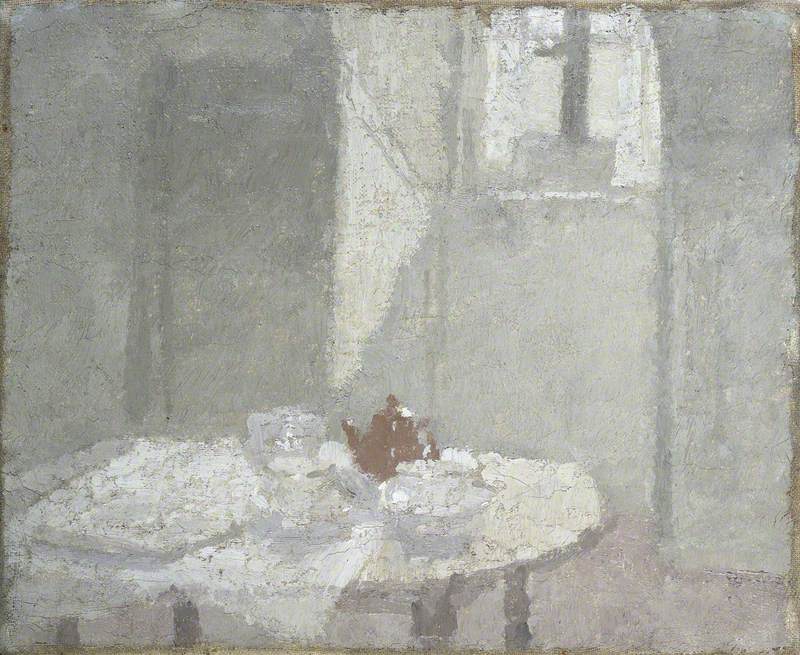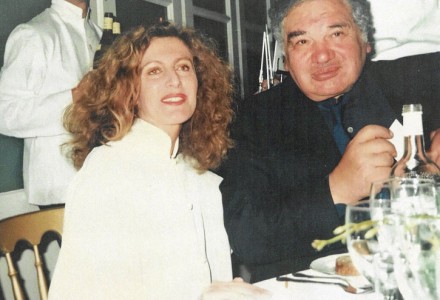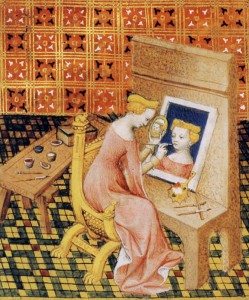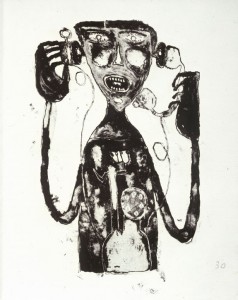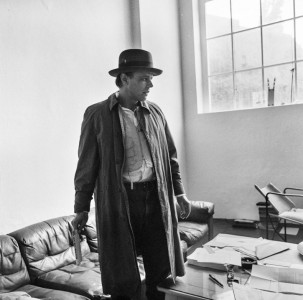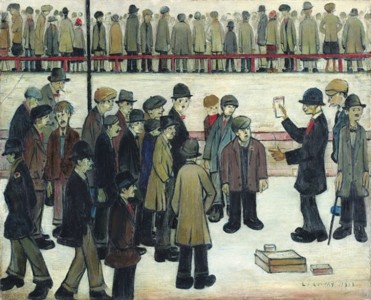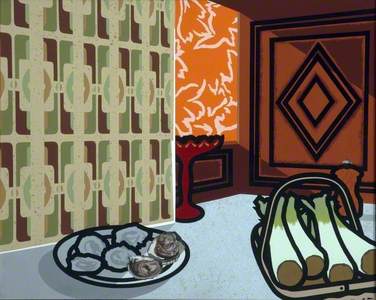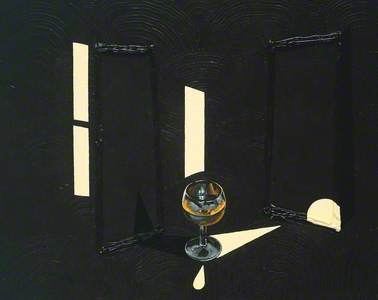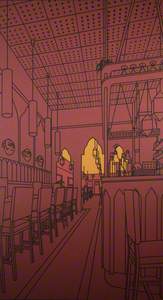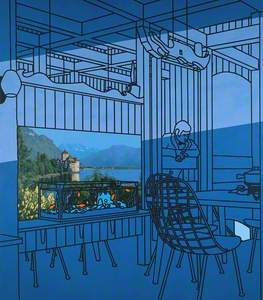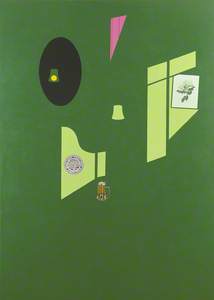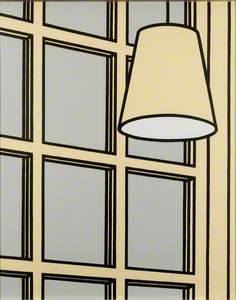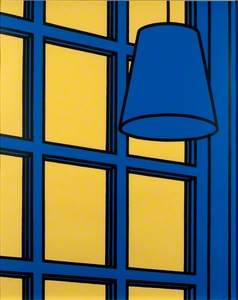As we hunker down to ride out the rest of the lockdown in the cold British winter, the familiar reality of the great indoors sets in. While many of us have become bored of our time inside, perhaps we can gain some much-needed inspiration from Patrick Caulfield (1936–2005), the artist whose name has become synonymous with depictions of modern interiors. From the complexity of sunlight as it tilts through windows, to the intricacy of stair railings, Caulfield creates endlessly beguiling drama by cross-examining the spaces we now inhabit so much of the time.
After studying at the Chelsea School of Art, Caulfield progressed to the Royal College of Art where his contemporaries included David Hockney, R.B. Kitaj and Allen Jones. Along with Hockney and Jones, as well as Bridget Riley and John Hoyland, Caulfield was part of the 'New Generation' of artists, who showed at the Whitechapel Gallery exhibition of that name in 1964.
Taking inspiration from Old Masters and Cubists alike – Juan Gris being one of his biggest influences – Caulfield combined a formalist style with the modernity of British Pop Art, though his work tended towards the more melancholic in contrast to Pop Art's upbeat quality.
William Feaver of The Guardian noted his ability to 'absorb banalities', achieving this by using bold colours and lines to heighten the sensation of interior surfaces and textures.
Caulfield had a knack for making the everyday electrifying, and his interiors emphasised the buzz of life through hints of recent activity. In Smokeless Coal Fire (1969) we see the simmering embers of a hearth fire recently snuffed out – or has it just been lit?
The ambiguous nature charges the scene with an air of anticipation for the human presence out of frame. Such an atmosphere was a hallmark of British Pop Art embodied in works of that period, as seen, too, in David Hockney's A Bigger Splash (1967).
Bold colours and lines dazzle with their sleekness, whilst exuding a sinister energy. In Dining Recess (1972), the details of a dining space are stripped down to their most basic infrastructural elements.
What would ordinarily be a bustling social space with personal touches is imbued with the ghostliness of a showroom, the glowing orb of light being the only hint of warmth and, ironically, life.
Food and drink feature in Caulfield's works as a marker of the human presence. The way in which he uses them to convey loneliness led many to label his work as melancholic. At times he suggests that his out-of-frame subjects are lone individuals – nursing a single glass of whisky in a room shaded against the light as in Second Glass of Whisky (1992), for instance.
Or he may portray what should be bustling spaces, like restaurants. Yet they all have an unsettling quality to them, stripping away the social aspect of consumption.
In Caulfield's interiors, everyday objects and furnishings are proportionately larger than life, giving the impression of the endlessness of the indoors. In the aisle of Tandoori Restaurant we peer through the never-ending, almost Hitchcock-esque length of space and depth of field. The use of a maroon hue suggests a warm, convivial dining atmosphere, yet eerily it's devoid of an explicit human presence.
Even when his scenes are packed with objects they feel skeletal, a nod to the Cubist tendency towards depicting environments as unreal. Take After Lunch (1975), featuring a restaurant with a fish tank and a scenic Alpine backdrop at its centre. Everything else – including a maître d' – are architectural sketches, hollow, transparent: infrastructural elements pared down to their most basic elements.
It appears to imply that the reality of the painting is the only true reality. The same can be observed in Interior with a Picture (1985–1986), where a framed painting depicts a still life of candles, food and drink. The home interior surrounding the frame is depicted with the clarity of a cartoon, with details essentialised and simplified.
Caulfield's interior works often feature outdoor light seeping in, creating a complex and dramatic contortion of the beams.
In The Blue Posts (1989), Black Light with Letter (1990), and Registry Office (1997), natural light finds its way into nooks in scenes that Caulfield himself emphasised as being 'ambiguous in time' – it's impossible to definitively tell what time of day it is.
Caulfield's works have often been compared to a drama without actors, and here, the angular shapes of light imbue these scenes with melancholy and paint a complex narrative leading up to the moment in view.
'I simply try to make a logical, a seemingly logical, space that could exist,' Caulfield said of his interiors. Flattening the depth of field, he bathes sleek lines in warm colours that reflect sensations, making his work uncomfortable and uncanny. His tendency towards reducing spaces down to their essential elements combines interiority with a lack of intimacy and presence, which Celia White, writing for Studio International, rightly described as being post-apocalyptic.
Simultaneously, the impersonal gloss and sparseness of his depictions lend an anonymity and loneliness to them, especially when the spaces are ordinarily full of character. In Inside a Weekend Cabin (1969), wooden panels are represented by a monotonous hue of brown that removes all traces of the rustic. Here he isolates the simple physical elements of a space, such as a tablecloth, to produce an eerie sense of solitude and stillness.
Caulfield's works depicting the indoors take on a particular relevance at a time where the human presence has taken on a somewhat ghostly dimension. Normally convivial and bustling commercial interiors now stand empty. Simultaneously his works also reflect the reality within our homes, now perennially buzzing with human activity between rooms. They seem to have a prescience, an understanding of the world we are currently inhabiting and an ability to reach across the years in their expression of containment and isolation.
Ashley Tan, freelance writer


